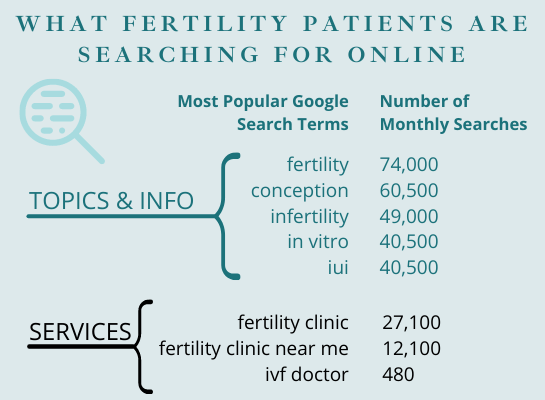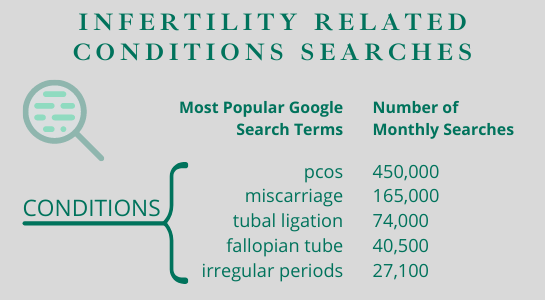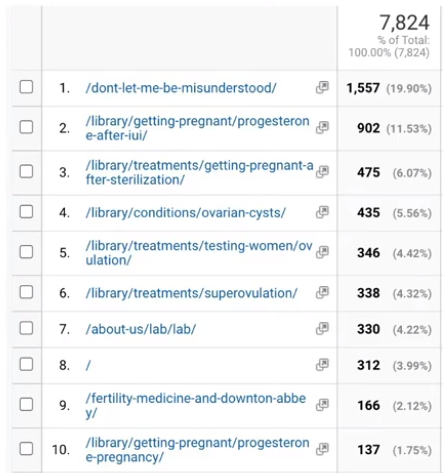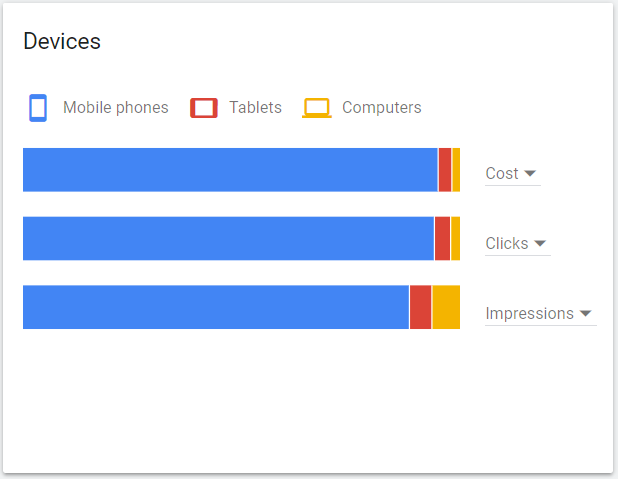Updated: February 12, 2021
Attract New Patients To Your Healthcare Practice With Medical SEO For Doctors
With more doctors and medical practices throughout the United States than ever before, it’s imperative that you know how to harness online activity to attract patients to your medical practice. After all, we live in the digital marketing age where most new patients will find you, engage with you and choose you from social media or a local Google search.
You need to stand out among all the other healthcare providers and organizations online that are vying for their attention.
Now that means emphasizing a patient’s needs over simply highlighting your skills.
To do that, you must know exactly what your targeted preferred patients are looking for online.
Essentially, they’re searching for health information first and healthcare providers second.
Patients look for information about health conditions, treatment options, symptoms and so on before looking for a doctor. Oftentimes this leads into YouTube video viewing tunnels and ten minutes spent reading over social media comments and review sites on local medical providers.
But how do you know just what these potential patients are searching for online?
This is where tools like Google Keyword Planner enter your strategic marketing campaign realm. This free tool lets us see how frequently patients search online for certain terms and topics.
For a fertility specialist, I would run a few related keywords through the Keyword Planner. In return, Google would share the following data with me regarding fertility related keywords.

Now you would also want to include specific infertility-related conditions, particularly if you plan to use content marketing or social media to grow your practice.

What does this valuable data tell us exactly, and how can you use it?
Firstly, it shows us that people are searching for topics and information over providers.
Secondly, it proves that people are searching with a strong focus on conditions rather than broader, related topics. That means you’ll want to add discussing conditions in your social media posts and content marketing. You’ll also want to include those conditions in detail on your website. PCOS is receiving nearly half a million searches a month, I would suggest you have a page dedicated to that on your site with helpful and insightful information.
In fact, here are the big takeaways from the fertility related keyword search:
- Potential patients look for health information more than 10 times as often as they look for healthcare providers.
- Your social media posts must address conditions and symptoms to increase engagement.
- Content should be optimized with the most searched keywords along with lesser condition-based keywords.
After some keyword research using Google Keyword Planner, you’ll want to type in your own site (or a competitor) for analysis.
Google will tell you what your most popular pages of content are, so you know which ones to focus on for improvement. You’ll also know whether you have any pages that match what most people are searching for right now. Popular searches will change over time, so check back every six months to maintain your rankings once you have them.

What the SEO experts (including our own) will tell you is that what patients read on your practice’s website matches those search trends, with top-read pages being patient friendly blogs, pages about health conditions or treatments, and other information about how to get pregnant (in this example).
What this means for you as a healthcare provider is that search services like Google are one of the best ways to bring in new patients.
In fact, many of the practices that are ServerWise clients have indicated that Google brings in as many as 75% of their new patients.
That’s really through the quality of information, not just quantity.
Now when I say quality of information on your website, I’m talking about medical SEO, or search engine optimization.
You’ll often hear about SEO from website managers and marketers. And they often overcomplicate it to make it sound overwhelming, so you throw money at them.
It’s not as complicated as you may assume. In truth, it all comes down to the quality of the information you provide on your website, social media accounts and in any YouTube descriptions. Google scans them all.
Meaning, you provide information on your website that patients are already looking for and actively seeking.
In my fertility practice example, I would recommend pages on topics like endometriosis, diminished ovarian reserve, and PCOS.
Of course, you’ll want similar health pages on treatment options including IVF, but also pages on recommended treatment approaches, for example, single embryo transfer.
Use Patient-First Language
In these informative pages, you’ll also want to use patient-friendly language.
Here are a few examples of terms that could be simplified for your patients:
- Reproductive endocrinologist – fertility doctor
- Oocyte – egg
- Zona pellucida of the embryo – outer shell of the embryo
- Microsurgical tubal reanastomosis – tubal sterilization reversal or reversing getting your tubes tied or tied tubes reversal
Even something simple like “anovulation” could further be simplified, such as not ovulating.
Now, in general, you want to focus your online internet communication on patient-first language, and this extends to messaging and other information you have on your website.
Social Media
Finally, another critical step for reaching patients on the internet is joining in those online conversations that patients are already having.
You need to be present where the potential patients are present, and you need to engage and partake in the conversations.
Social media is a major way to connect with patients on the internet.
To learn more about how to effectively use social media to market and grow your medical practice, click here to read the article on social media marketing for dentists. The information is valuable and works for all types of medical and healthcare practice.
Review Sites
Review websites are another great way to reach and engage patients, too.
This includes online sites where patients can rate and provide comments about their doctors (such as Healthgrades, RateMDs.com), and it’s important that medical practices and providers monitor these reviews and respond both to the positive and the negative feedback. It’s especially important that you respond to all negative feedback in the right way.
Negative feedback is an opportunity to increase your reputation, brand awareness and win new patients when done correctly.
My handy checklist recap:
- You want to have a presence on multiple channels, such as a website, social media, and online
- You want to have patient-focused language and content, especially that health information that patients are searching for.
- Not only that, but you want to get personal and make sure you join the conversation.
Google Keyword Planner Taught Us Something Else That Can't Be Ignored
The Google Keyword Planner tool doesn’t just stop at relevant keywords and the number of searches. It also shows us where those searches are originating, such as mobile phones or desktops. For the fertility example I used in this article, Google showed us that the searches are overwhelming taking place on a mobile device.

What does that mean for your strategy?
The answer is simple. Your website must be fully responsive with a mobile first approach. If your website doesn’t load quickly and appear professional with easy to use navigation, you’re going to experience a high website bounce rate. New potential patients will log in and leave almost immediately. Not only will you lose the potential business, but too much bounce and Google will lower your search rankings.
ServerWise provides fully responsive mobile-first designs for your WordPress powered medical office and healthcare site at no additional charge.
If you are not a ServerWise client and do not plan to become one, I recommend hiring a mobile site expert or switching to a mobile-first optimized theme for WordPress.

Building backlinks is often seen as a job to itself and in some ways it can be. But I’m going to walk you through a few actionable steps you can take starting right now to begin your backlinks building campaign and increase your site rankings. Keep Learning >

To dominate locally your business does not need to depend on or even create content. There are other ways to succeed in local SEO. Here are nine you can start using today. Keep Learning >



